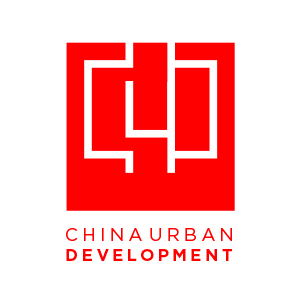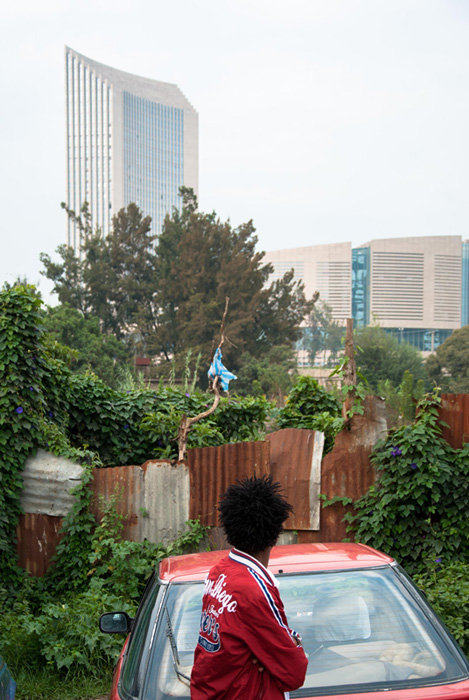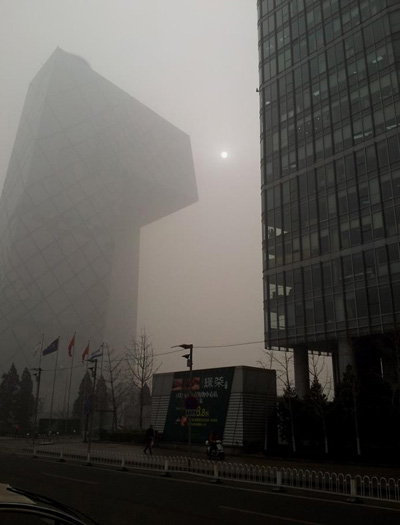
As China’s state media increases its accusations of tax evasion, real estate developers are going on the defensive.
Last week, property tycoon Ren Zhiqian, Chairman of Beijing-based developer Hua Yuan Real Estate Group, posted a message on Weibo (China’s version of Twitter) calling China state broadcaster CCTV “the dumbest pig on earth“. This was in response to a program recently aired by CCTV accusing Vanke, another very large property developer, of owing more than 4.4 billion yuan (~$727 million USD) in unpaid taxes. The unpaid tax in question is the ‘land appreciation tax’ (LAT).
As a tax levied on the gains from the transfer of land development rights of state-owned land to real estate developers, the idea of the LAT is simple enough in theory but more complicated in practice. As explained in this South China Morning Post article from November:
“Land appreciation tax is collected by local governments, who have much leeway on deciding the actual tax rate. When a developer gets a pre-sale licence, it needs to pay a certain amount of land appreciation tax based on the asking price of the project. When the project is sold out, the exact amount of the tax will be calculated, deducting the cost of land, construction, marketing and other expenditures from the sales revenues, and multiplying the result by progressive tax rates.” View full post »
.jpg)


 A local looks up at the new African Union Headquarters in Addis Ababa, Ethiopia. The complex was funded entirely by Chinese money. Photo Credit: Go West Proejct
A local looks up at the new African Union Headquarters in Addis Ababa, Ethiopia. The complex was funded entirely by Chinese money. Photo Credit: Go West Proejct

by Adam Mayer